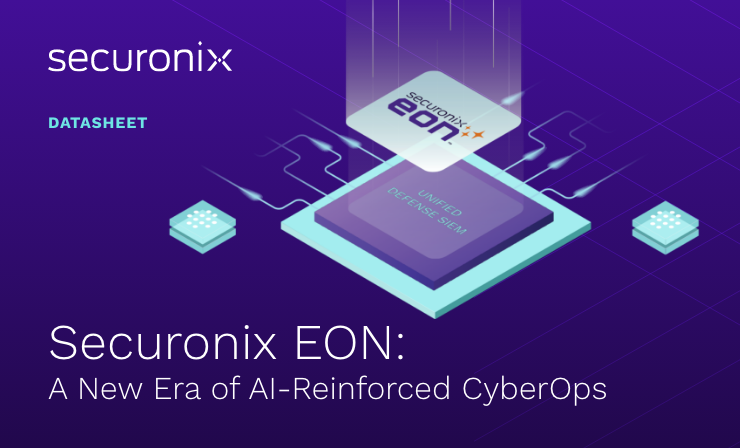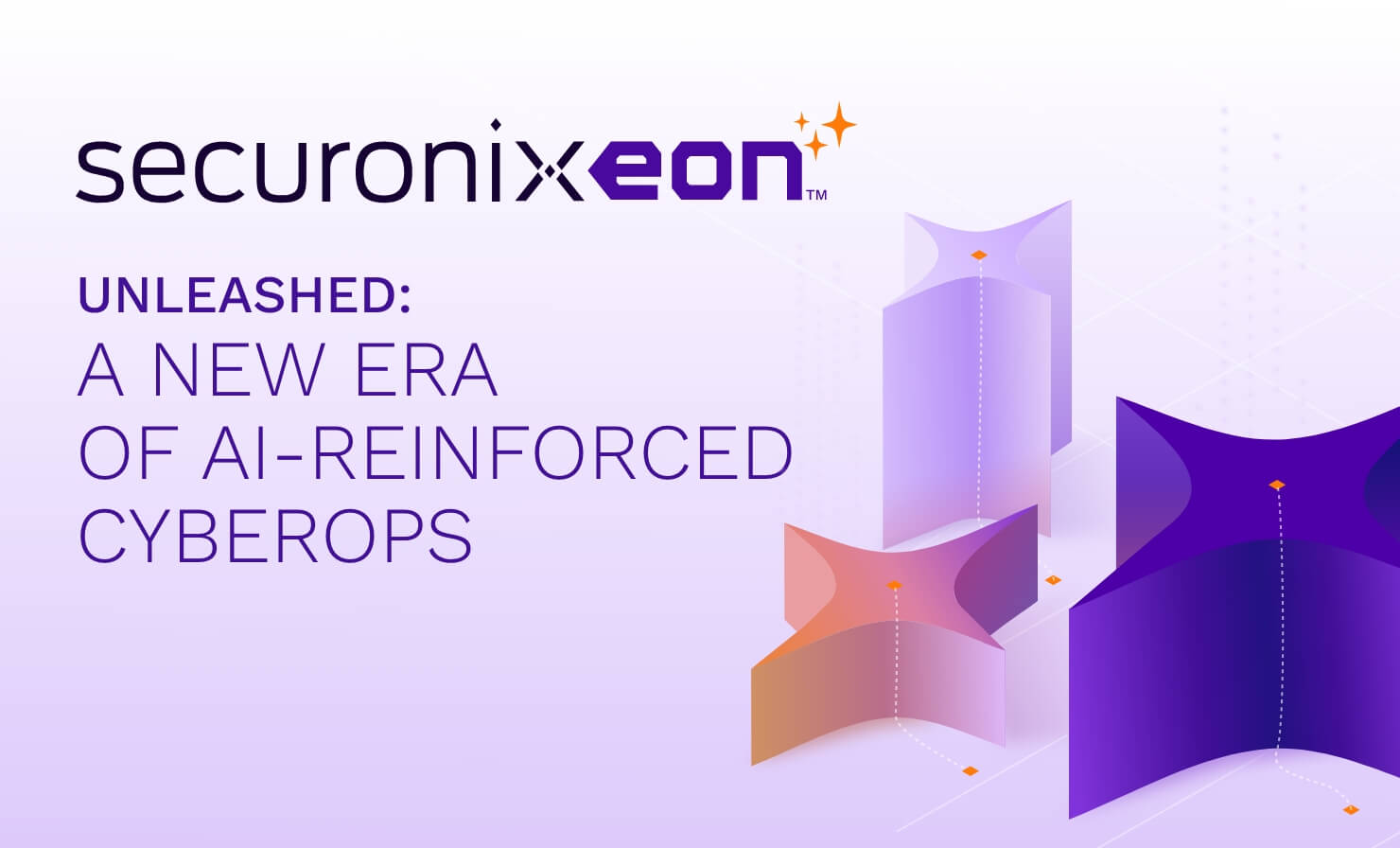- Why Securonix?
- Products
-
- Overview
- 'Bring Your Own' Deployment Models
-
- Products
-
- Solutions
-
- Monitoring the Cloud
- Cloud Security Monitoring
- Gain visibility to detect and respond to cloud threats.
- Amazon Web Services
- Achieve faster response to threats across AWS.
- Google Cloud Platform
- Improve detection and response across GCP.
- Microsoft Azure
- Expand security monitoring across Azure services.
- Microsoft 365
- Benefit from detection and response on Office 365.
-
- Featured Use Case
- Insider Threat
- Monitor and mitigate malicious and negligent users.
- NDR
- Analyze network events to detect and respond to advanced threats.
- EMR Monitoring
- Increase patient data privacy and prevent data snooping.
- MITRE ATT&CK
- Align alerts and analytics to the MITRE ATT&CK framework.
-
- Industries
- Financial Services
- Healthcare
-
- Resources
- Partners
- Company
- Blog
SIEM
For Cybersecurity Awareness Month this year, we are excited to launch a fun new blog series titled Tales from the SOC, with inspiration from the famous 1989 American horror anthology television series “Tales from the Crypt” that ran for seven seasons.
Each week, we’ll explore chilling and scary accounts of cyber breaches while offering valuable lessons on how to protect against these digital horrors. In our first installment, we delve into the real-life tale of the Colonial Pipeline ransomware attack—a chilling reminder of the vulnerabilities that can threaten even the most vital infrastructure.
The Prelude to Chaos
On May 7, 2021, a seemingly ordinary day for Colonial Pipeline turned into a waking nightmare. The company, responsible for transporting nearly half of the East Coast’s fuel supply, fell victim to a sophisticated ransomware attack perpetrated by the DarkSide hacker group. As employees reported to their stations, they were met with an alarming message: their systems had been compromised, and critical operations were halted.
The Attack Unfolds
Within moments, Colonial Pipeline’s entire network was locked down, effectively crippling operations. Hackers encrypted the company’s data and demanded a ransom of $4.4 million to release it. The sheer scale of the attack sent shockwaves throughout the industry, leading to widespread fuel shortages and skyrocketing prices across the East Coast.
As panic spread among employees and customers alike, executives faced a grave decision: negotiate with the attackers or risk losing everything. The clock was ticking, and the pressure was immense.
Lessons Learned
Colonial Pipeline ultimately decided to pay the ransom, a choice that remains controversial. However, the lessons learned from this incident provide valuable insights for organizations everywhere:
- Immediate Incident Response: Upon detection of the attack, Colonial Pipeline activated its incident response plan. Quick action is crucial in mitigating damage.
- Engage Cybersecurity Experts: The company sought help from cybersecurity firms to analyze the breach, assess vulnerabilities, and provide recommendations for recovery.
- Communication is Key: Transparency with stakeholders—including employees, customers, and government officials—was essential in managing the fallout and restoring trust.
- Invest in Prevention: Post-attack, Colonial Pipeline invested in enhanced security measures, including multi-factor authentication and regular security audits, to prevent future incidents.
- Employee Training: A major component of the recovery involved educating employees about cybersecurity best practices to recognize phishing attempts and other social engineering tactics that often lead to ransomware attacks.
The Aftermath
In the months following the breach, Colonial Pipeline faced not only the financial implications of the ransom but also the reputational damage that accompanied such a high-profile attack. Regulatory scrutiny and calls for stronger cybersecurity measures across critical infrastructure became louder.
This incident serves as a stark reminder that even the most established organizations can fall prey to cyber threats. The question is not if a breach will happen, but when—and whether you’re prepared to respond effectively.
Conclusion: Strengthen Your Defenses
As we embark on this series of scary “Tales from the SOC”, remember the chilling story of Screamware and the lessons from the Colonial Pipeline attack. By taking proactive measures to enhance your cybersecurity posture, you can help ensure that your organization is not just reacting to threats but actively preventing them.
Stay vigilant, educate your teams, and make cybersecurity a top priority. After all, in the world of cyber threats, it’s better to be prepared than to face the horrors of a breach.






